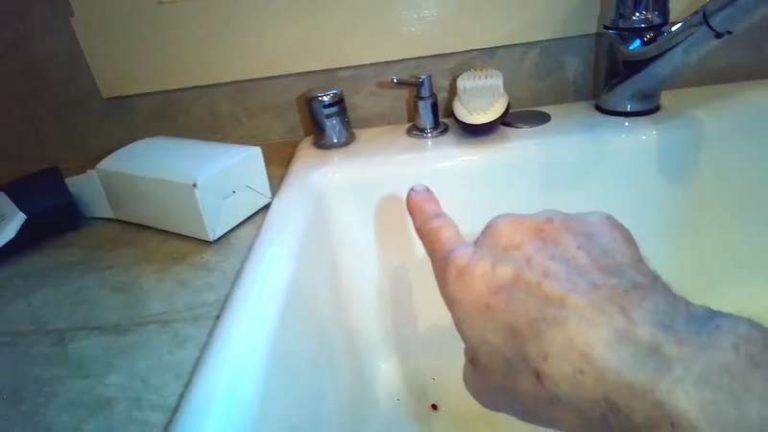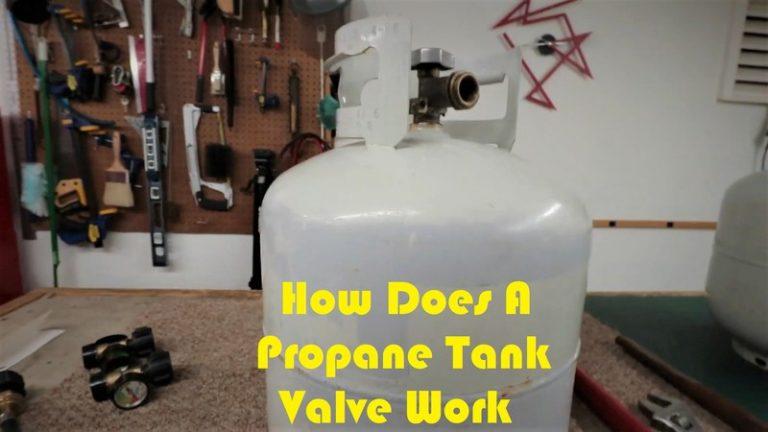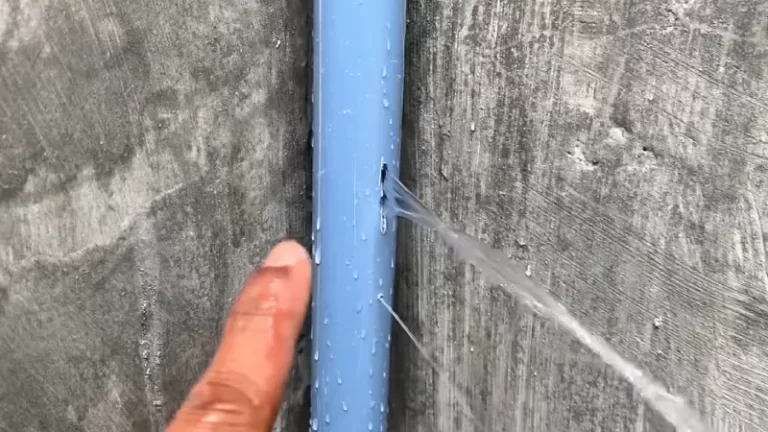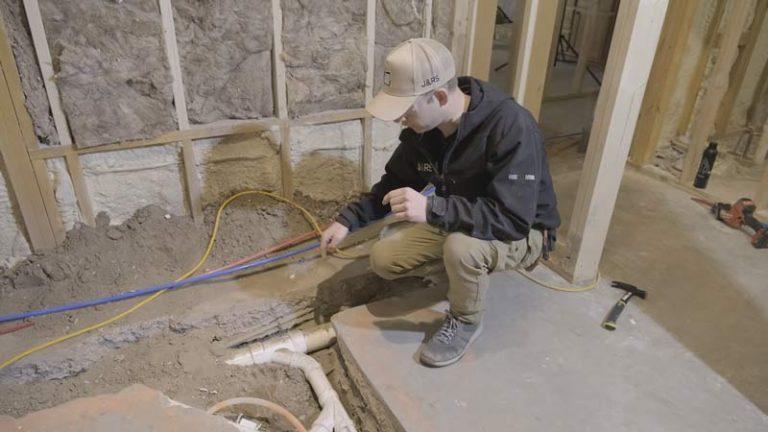Where Can A Studor Vent Be Installed
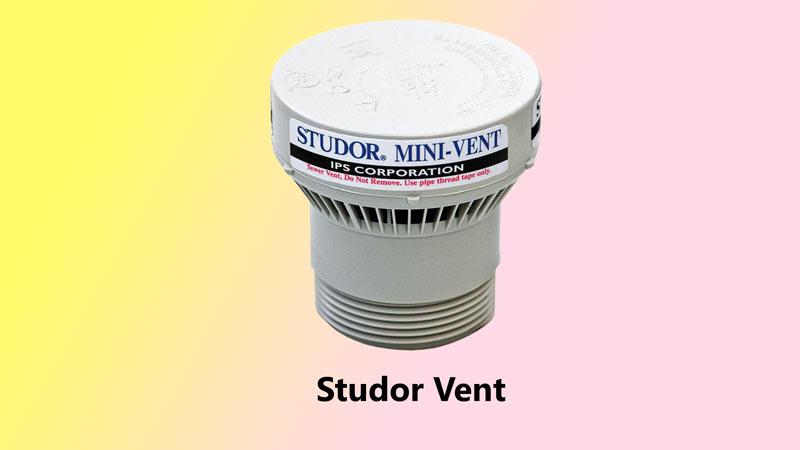
If you live in an area that experiences floods, it is important to install automatic attic ventilators (AAVs). AAVs should be installed six inches above the highest flood level rim and must be stacked type devices.
Location in the attic area must be at least six inches above the ceiling insulation to prevent water damage from occurring. Installing aAVs Six Inches Above Highest Flood Level Rim can help you avoid costly repairs afterward caused by flooding.
Where Can A Studor Vent Be Installed?
Installing AAVs six inches above the highest flood level rim in your attic area is important for safety reasons. The installation must be at least six inches above the ceiling insulation to ensure proper ventilation and protection from moisture infiltration.
A stack-type AAV should be installed 6 inches above the highest flood level rim to prevent water damage and debris build-up on lower levels of your home. You must keep the location in the attic area at least six inches above the ceiling insulation.
It’ll help to avoid any potential issues with overheating or condensation buildup inside your home’s walls or ceilings.
Install AAVs Six Inches Above Highest Flood Level Rim
AAVs (actuators) can be installed six inches above the highest flood level rim on a window or door to activate and open in the event of flooding. AAVs are affordable and easy to install, so you don’t have to worry about any repairs after installation is complete.
If you’d like additional security from water damage, consider installing an AAV on your front door as well. You’ll find that choosing the right type of actuator for your home is important when upgrading your windows or doors. Also, make sure to consult with a professional installer if unsure of what’s best for you.
Make sure that you’re familiar with local emergency evacuation routes in case of emergencies before making any decisions – being prepared will help ensure minimal inconvenience during future floods.
Location In Attic Area
A studor vent must be installed at least six inches above the ceiling insulation in order to prevent condensation and mold formation. The location of a studor vent is important, so consult an attic specialist or homeowner’s guide to find the best spot for your home.
You’ll need a drill, screws, and wire mesh if you want to install a studor vent on your own – make sure to read the installation instructions carefully. Make sure that any furniture in the area can move easily before installing the ventilation system. Otherwise, you may create damage during installation.
Once installed, keep a close eye on your ductwork – it could start developing leaks within months if not properly maintained.
Stack Type AAV Should Be Installed
A stack-type AAV should be installed six inches above the highest flood level rim in order to avoid water damage. Installation is easy and no exterior modifications are necessary- simply drill through your existing foundation and install the stack.
Stack Type AVs provide homeowners with peace of mind in knowing that their family will be safe in case of an evacuation or emergency situation. Keep yourself and your loved ones safe by calling us right now for installation instructions.
Can you put a studor vent in the wall?
If you want to use a studor vent in your wall, you may not be able to do so. A vent grill on the wall of your heating/cooling system won’t work either- you’ll need to replace it.
Bury it? Replace your entire heating/cooling system? It’s complicated… You can put a studor vent in an air conditioning system if necessary, but don’t expect it to look great or function as well as a regular one installed by professionals.
Unless you have very specific reasons for wanting one (elevated floor level or something), stick with standard vents and grills; they’re more versatile overall and much less likely to give problems down the road.
Where should I place my air admittance valve?
If you’re not sure where to place your air admittance valve, consult the manufacturer’s instructions or a local code authority. You can purchase an air admittance valve mounting kit from most home improvement stores.
Your professional installer will need to mount the valve on a sanitary tee or wall plate in order for it to function correctly. Make sure you follow all installation instructions carefully, as failure to do so could result in health and safety risks.
Can you put a studor vent on a toilet?
Studor vents are great for adding ventilation to your toilet – they’re easy to install, don’t need a contractor or professional help, and cost less than other types of air admission valves.
There are many different colors and designs available, so you can find the perfect one for your bathroom. Studor vents work well with any type of toilet – including those with tank-style toilets or flushometers.
Can a studor vent be installed horizontally?
No, a studor vent can’t be installed horizontally. This is a ventilation system that uses small holes in the roof to allow air to flow through it.
If you are looking to install a studor vent horizontally, it is important that the air admittance valve (AAV) be installed within 15º of the vertical.
This will ensure proper airflow and ventilation for your home. Additionally, side-swipe installation is not acceptable and will not function properly. The vent can’t fit through a standard doorway so it requires a special HVAC company to install.
Can you put a studor vent in the attic?
If you’re looking to improve air circulation and heat in your home, consider installing a Maxi-Vent ventilation system. This easy-to-use system is perfect for both incoming and outgoing air needs – making it versatile for use in any room of the house.
The durable polycarbonate shell ensures that this vent will last through many seasons of use. Plus, it’s incredibly easy to install – so get started today.
How far away can a vent be from a sink?
If you have a kitchen with an exhaust fan and a sink, the distance between the vent and the sink must be less than 18 inches. The distance from the waist line to the trap should also be kept as close as possible to avoid blockages or odor problems caused by grease build-up in your plumbing system.
Be sure that any appliance that needs air circulation (such as an oven) is at least 12 inches away from any heat registers or vents in order to prevent burning smells
Does a vent pipe have to go through the roof?
There is no right or wrong answer to this question – it depends on the particular home and its features. In general, however, a vent pipe usually needs to go through the roof in order for hot air from the home to escape.
- A vent pipe must not be less than 4 feet directly beneath an openable window or air intake in order to avoid obstruction and allow proper ventilation for the building.
- If possible, a vent pipe should pass through a solid wall (not ceiling) if possible to avoid collapsing vents under wind or heavy rain.
- It is acceptable to have a vent pipe go through the roof if necessary to avoid collapsed vents under wind or heavy rain conditions.
- Make sure that your vent pipe system is properly installed and connected so that it does not interfere with airflow within the building.
How high should an AAV be?
The Sure-Vent AAV must be located at least 4 inches above the horizontal branch drain, and within 6 inches of any insulation material. Every structure in which plumbing is installed shall have at least one primary stack vent.
The Sure-Vent AAV must be located 6 inches above any insulation material, and within 15 degrees of vertical.
Do studor vents meet code?
If your car has studor vents, you should make sure they meet the safety requirements of the code. These are special openings in a car’s hood or a roof that allow air to flow over the engine and cooling system.
Studor vents need to be large enough so that there is no obstruction between the airflow and the engine, and they should have sufficient height so that rain or snow does not fall onto them.
Do studor vents meet code?
Studor vents are only permitted on toilets that require more airflow to keep water flowing with more waste added to the toilet. This is typically only found in high-end, commercial toilets.
If you don’t have a code approved for your particular type of toilet, then you won’t be able to install a studor vent and will need to choose another option instead- like using aerators or flushing twice.
Code Requires
A code is required in order for a studor vent to be installed, and this code determines the size of the pipe as well as how much water can flow through it at any one time.
When there’s too much gas present inside a sewer line – like when you have an active septic system – installing a studor vent may help remove some of that gas from the line before it causes problems down below (like damage to your home).
To Recap
Studor vents can be installed in a variety of locations, but they are most commonly found near the roof line or at the top of walls. They allow warm air to escape during cold weather and cool air to enter during hot weather, which benefits both the home’s energy efficiency and its interior comfort levels.

